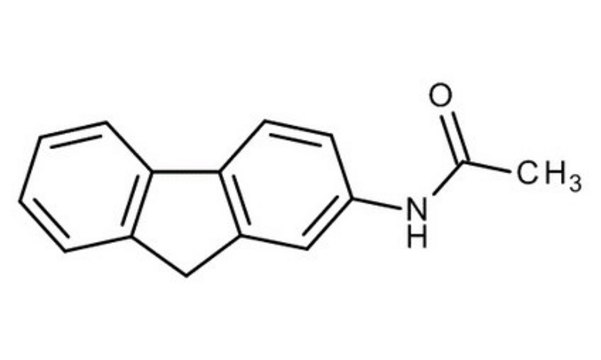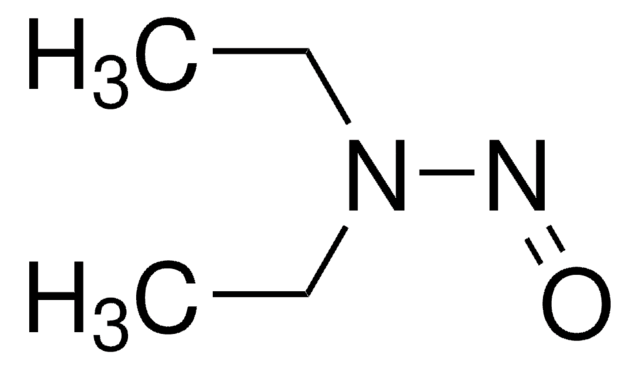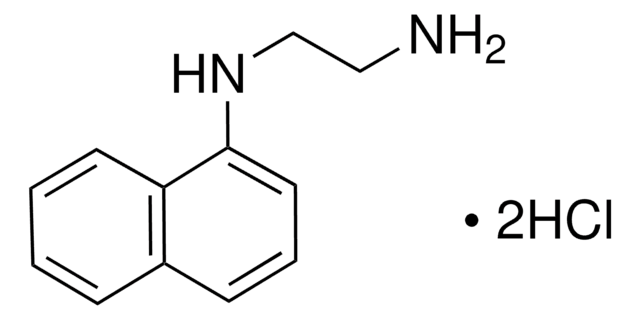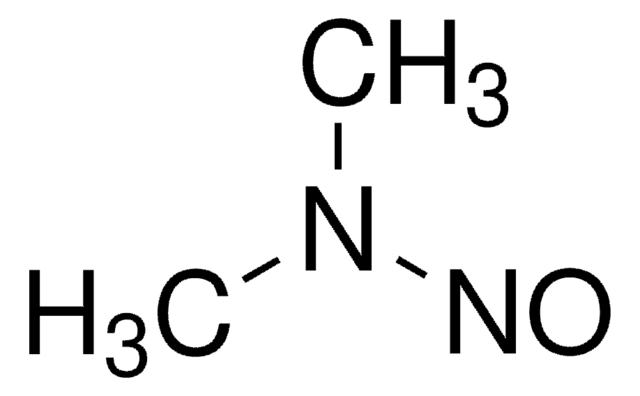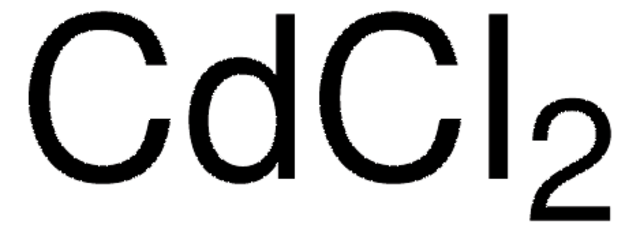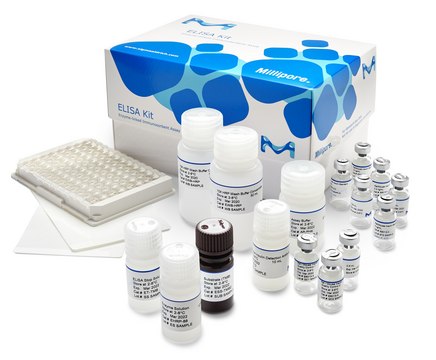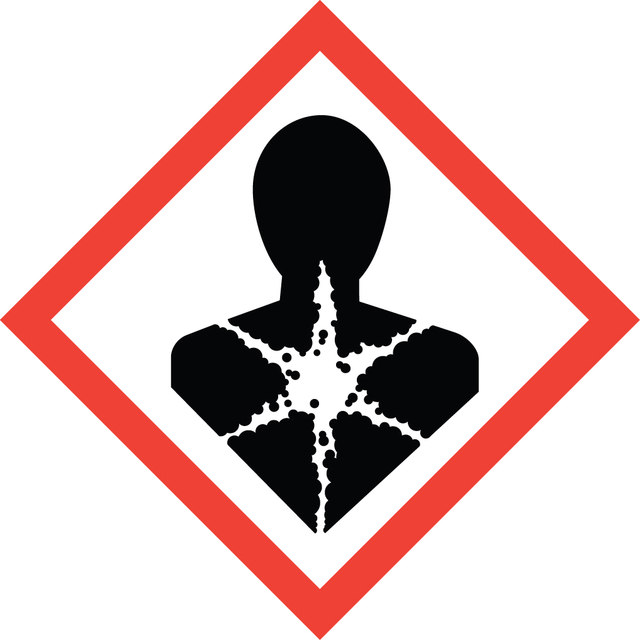A7015
N-(2-Fluorenyl)acetamide
≥98% (HPLC)
Synonym(s):
2-AAF, 2-Acetamidofluorene, N-Acetyl-2-aminofluorene
Select a Size
Select a Size
About This Item
Recommended Products
Assay
≥98% (HPLC)
form
powder
mp
192-196 °C (lit.)
SMILES string
CC(=O)Nc1ccc-2c(Cc3ccccc-23)c1
InChI
1S/C15H13NO/c1-10(17)16-13-6-7-15-12(9-13)8-11-4-2-3-5-14(11)15/h2-7,9H,8H2,1H3,(H,16,17)
InChI key
CZIHNRWJTSTCEX-UHFFFAOYSA-N
Looking for similar products? Visit Product Comparison Guide
1 of 4
This Item | EZHPI | EZHCP | EZHGIP |
|---|---|---|---|
| assay range accuracy: 76-103%, standard curve range: 2-200 μU/mL, linearity: 96-112% | assay range accuracy: 88-103%, linearity: 84-120%, sensitivity: 0.5 pM, standard curve range: 2-200 pM | assay range accuracy: 91-111%, linearity: 86-108%, standard curve range: 0.2-20 ng/mL | assay range accuracy: 86.7%, linearity: 99.9%, sensitivity: 8.2 pg/mL, standard curve range: 8.2-2000 pg/mL |
| input sample type plasma (K2 EDTA) | input sample type serum | input sample type plasma (K2 EDTA) | input sample type cell culture supernatant |
| Quality Level 200 | Quality Level 200 | Quality Level 200 | Quality Level 200 |
| technique(s) ELISA: suitable | technique(s) ELISA: suitable | technique(s) ELISA: suitable | technique(s) ELISA: suitable |
| detection method colorimetric (450nm) | detection method colorimetric (450nm) | detection method colorimetric (450nm) | detection method colorimetric (450nm/590nm) |
Application
Biochem/physiol Actions
Signal Word
Danger
Hazard Statements
Precautionary Statements
Hazard Classifications
Acute Tox. 4 Oral - Carc. 1B
Storage Class Code
6.1C - Combustible acute toxic Cat.3 / toxic compounds or compounds which causing chronic effects
WGK
WGK 3
Flash Point(F)
Not applicable
Flash Point(C)
Not applicable
Personal Protective Equipment
Choose from one of the most recent versions:
Already Own This Product?
Find documentation for the products that you have recently purchased in the Document Library.
Articles
DNA damage and repair mechanism is vital for maintaining DNA integrity. Damage to cellular DNA is involved in mutagenesis, the development of cancer among others.
Cancer research has revealed that the classical model of carcinogenesis, a three step process consisting of initiation, promotion, and progression, is not complete.
Our team of scientists has experience in all areas of research including Life Science, Material Science, Chemical Synthesis, Chromatography, Analytical and many others.
Contact Technical Service